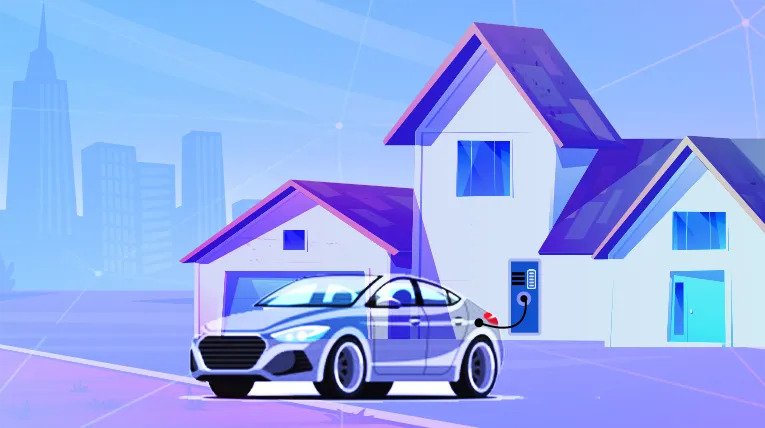As the world is scrambling to combat the air pollution crisis, it is only a matter of time petrol and diesel vehicles will soon be history. Today, every country is promoting the use of EV vehicles in order to reduce the carbon emissions and pollution caused by traditional fuel vehicles. According to one report by PV-magazine, by the year 2035, there will be 500 million Electric vehicles hitting the roads globally. Charging these EVs need an EV charger and are also one of the major factors that will lead to the rise of EVs in the future. The more number of EV chargers, the more electric mobile connectivity hence the more EVs will be sold across the world. Governments and Private players today are investing heavily in the EV charging infrastructure making it a great business opportunity for the OEMs across the globe.
So Let’s take a peek into the latest trends as well as the standards that EV Chargers need which would ensure the success of OEMs in this space.
How EV chargers work and latest trends?
EV vehicles simply run by charging the vehicle battery with the help of an EV charger sometimes also referred to as electric vehicle supply equipment (EVSE). And do you know? Technology has become so advanced today that one can even start, monitor, or stop the charging of their vehicle with a single click on the mobile application sitting anywhere away from the charging point. These EV chargers share data over the cloud and allow the operator to track, manage and optimize the energy consumption.
Types of EV charger :
EV chargers fall in under three major categories:
- Level 1 chargers: These chargers are the least expensive EVSE option, providing charging through a 120 V AC plug so taking the most time to charge the vehicle battery. These chargers are mainly used by homeowners to charge the car overnight as they take 8 to 12 hours to charge a fully depleted battery.
- Level 2 chargers: Level 2 chargers offer charging through a 240V AC plug and require a dedicated 40 amp circuit. These chargers generally take 4 to 6 hours time to charge the vehicle battery and are most commonly used in residential settings, commercial areas, and public parking.
- Level 3 Chargers: These chargers are also sometimes referred to as DC fast charging. It charges through 480V, DC plug and is fastest among all the categories. It can charge the electric vehicle battery to 80% in less than an hour. These chargers are also expensive as they require high powered equipment to install and maintain as compared to Level 1 and Level 2 chargers.
The major difference between all of them is the power outputs which directly affect charging speeds to charge the vehicle. Consumers choose the type of chargers according to their requirements and usage.
Role of Certifications :
As we all know, electric vehicles are expensive and these chargers are the most integral part of owning an EV because they are used often to charge the vehicle. The chargers should be of the highest quality and standards to make it safe for the product. Every country across the globe adheres to a certain set of standards to validate the safe use of electric vehicle charging systems. For instance, Certifications such as UL, FCC, CE are some of the common ones for EV chargers. OEMs generally prefer to sell equipment that has passed these certifications and safety tests and ensure the equipment meets nationally recognized standards and also win the trust of the people.
Why is VVDN the right partner of choice for OEMs ?
VVDN leverages its vast expertise in the complete design, development, and manufacturing including certifications of EV charging solutions, and is a leading electric vehicle charger manufacturer for global OEMs who are looking to add the same in their product line. VVDN’s testing facilities and experienced engineers make 100% sure that the product meets all the required safety standards. Click Here to know more about VVDN EV charging solution offerings or write to us at info@vvdntech.com.

























